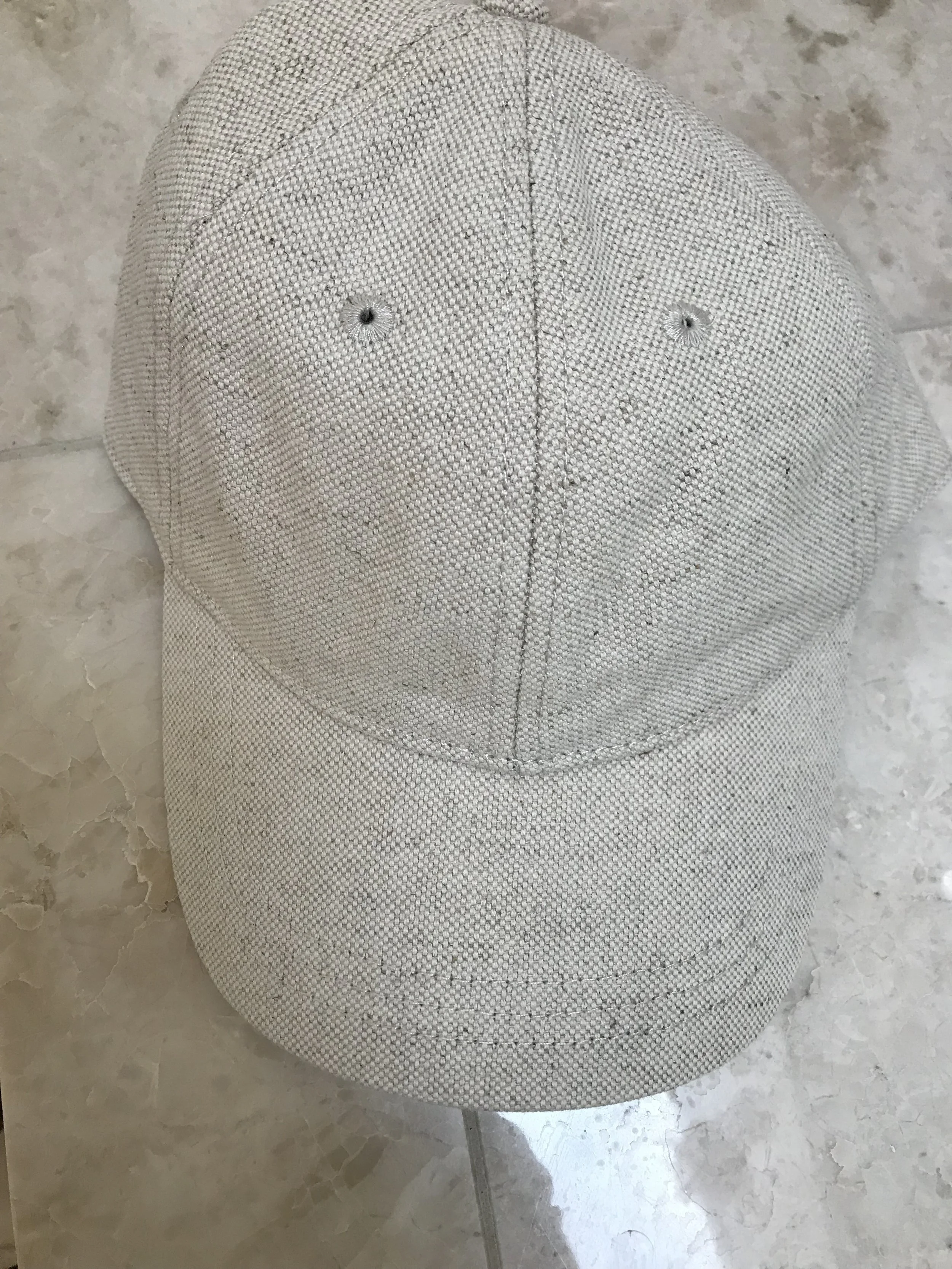I have decided to make a large monotype of the first bee in the US to be listed on the endangered species list. I was looking online for a photo that would accurately depict the Bombus Affinis. Searching, I came across the USGS site. The United States Geological Survey (USGS) is a science bureau within the US Department of the Interior. The USGS provides science about the natural hazards that threaten lives and livelihoods; the water, energy, minerals, and other natural resources we rely on; the health of our ecosystems and environment; and the impacts of climate and land-use change. It is a great resource. They have developed a Native Bee Inventory and Monitoring Program. Part of the program is to develop identification tools for native bee species. Taking and collecting accurate and detailed photos of the native bees. The over 4,000 images are freely available for the public to use. Looking at these up close detailed photos I was amazed to see how beautiful these tiny beings are. Their beauty rivals that of any creature on the planet. I looked at bees for an hour, in awe at their stunning uniqueness. The opportunity to work from such close up photos is exciting. It will also be challenging, I normally work from bad photos. I like poor quality photos because I don’t want to get bogged down by the details. My work is about the physical or emotional energy. These photos are works of art already. I have in my head what I want my abstraction to look like. I am just not exactly sure I know how I am going to achieve it. Step one is to experiment with my process and technique and develop a mark making that captures the elegance, majesty and energy of these tiny busy beasts.
Below are the first four days of experimenting. It has been a struggle to loosen up and not get bogged down by the details. The last one I like the most, I was just making marks and not worrying about if it resembled Bombus Affinis. That works best for me.
Bombus Affinis I
30” X 44” watercolor monotype
Day 1-
When working in color, the ink looks much darker and muted on the plate than when printed on paper. My first impression of Bombus Affinis I was that the paint was too heavy, too bright just too much all the way around. The ghost was too light. I want my Bombus to express the lightness, fragility and majesty of the bee.
Wing detail from Bombus Affinis I
Bombus Affinis I ghost
30” X 44” watercolor monotype
Day 2-
I like the big black brush strokes, the antennae, but I do not like that both wings have the same weight. I want the back wing to be in more motion and fainter. When I look back at the work from day one, I am feeling better about parts of it. I like the wings and the last sections of his abdomen. Below are some close up shots of the parts I like of both days’ experiments.
Bombus Affinis II 30” X 44” watercolor monotype
Day 2 antenna
Day 3 - layering the different processes. I am closer to what I want but I am not there yet.
Bombus Affinis III
A favorite moment in Bomus Affinis III
a tail, leg and two wings
Bombus Affinis III ghost
Bombus Affinis IV
Bombus Affinis V
Day 4
Below are some moments I especially like. Today anyway.
Finally I am loosening up. I want an image of the bee’s energy - I want the life, movement and energy of a fuzzy pollinator even if he is endangered. I do not want a drawing of a bee.
Top of Head and thorax
Mauvish/brown/black bee eye and thorax
The fuzzy tail and two delicate wings
My work space
Leftover ink in the trey- Inspiration for a bee wing.





































































